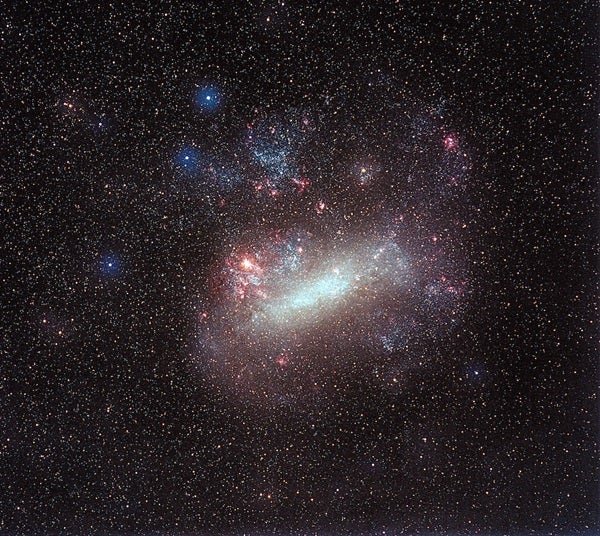emc wrote: ↑Fri Sep 01, 2023 5:22 am
Wot Gorilla

I thought this Cluster would make a good spot to point out that there’s a new post for Friends to cluster around in Open Space: Discuss Anything
This is kinda like a pop up ad

I agree with emc, it would be nice if more people would chime in and say something in the Friends thread in the Open Space forum.
Unfortunately people have left and even died since you were here last, emc. But those of us who are here can still be friends.



As for the APOD: It's nice!
M13, the Great Globular Cluster in Hercules.
Credit: Serge Brunier, Jean-François Bax, David Vernet OCA/C2PU
Me being me, what I particularly like about the picture is that it gives us a good idea of the large number of blue horizontal branch stars in M13. My impression is that these blue stars are more plentiful in M13 than in most globulars.
I'm going to use up my three attachments and show you the typical populations of a globular cluster:
Stellar populations in globular cluster M55.
Credit: B.J. Mochejska, J. Kaluzny (CAMK), 1m Swope Telescope
What I particularly like about the picture I have annotated is that the star colors are correct, if saturated. The blue stars of M13 are members of the blue part of the horizontal branch (upper left). Only stars that contain particularly low amounts of elements more massive than hydrogen and helium (so called metal-poor stars) can ever be part of the blue horizontal branch found in globular clusters.
The broad yellow-red feature moving diagonally upwards from lower right in the color-magnitude diagram is the main sequence, where the stars sustain themselves by fusing hydrogen to helium in their cores (like the Sun does). In old globular clusters, all the stars that are still on the main sequence are relatively low or very low in mass, and they shine relatively feebly with a yellowish or a reddish glow.
At the main sequence turnoff point, the stars have just used up the hydrogen in their cores. From now on, they will sustain themselves by other means than core hydrogen fusion, until they die. First they rise on the red giant branch. Here their cores shrink, releasing heat that in itself makes the stars grow big, bright and reddish. Finally their cores get hot enough to sustain helium fusion, as helium fuses into carbon and oxygen. At this point the stars shrink quite dramatically, but their "surfaces", their photospheres, also heat up.
It is when the stars reach the top of the red giant branch that their cores have become hot enough to sustain core helium fusion. The stars now "back down and move left" and enter the horizontal branch, which is, as I said, characterized by stars fusing helium to carbon and oxygen in their cores.
But not all globular clusters ever get a blue horizontal branch. Look at the puny little horizontal branch of bright globular cluster NGC 104 (also known as 47 Tucanae or 47 Tuc):
Look at that puny little black clump at magnitude 14 on the Y axis! That's the horizontal branch of NGC 104 or 47 Tuc, and it's a red horizontal branch. Actually our familiar constellations in the night time sky contain large numbers of modestly yellow "metal-rich" stars that are on the red horizontal branch. Their spectral class is typically K0 or K1. Well-known examples of these K0-type stars are Pollux in Gemini and Dubhe of the Big Dipper:
But in age-old, metal-poor stars like the ones we find in many globulars, the horizontal branch stars don't turn into pale yellow "Polluxes and Dubhes". Instead they turn into blue stars the color of, well, maybe the Pleiades. But the blue horizontal branch stars are typically a bit fainter (though not a lot fainter) than the bright stars of the Pleiades, but they are a lot less massive.
The color and brightness of the old evolved low-mass horizontal branch stars of globular cluster M13 is about the same as the color and brightness of the sprightly young, mostly unevolved and relatively massive bright stars of the Pleaides.
Who would have thought?
Ann
 The Great Globular Cluster in Hercules
The Great Globular Cluster in Hercules









